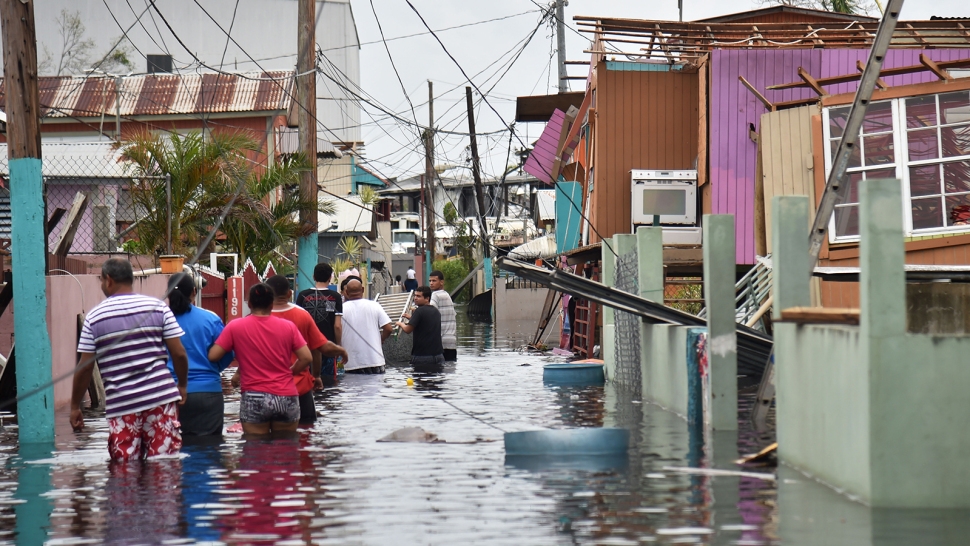Hurricane Maria death toll is over 4000 more than originally thought

A new report in the New England Journal of Medicine has challenged the official government death toll from Hurricane Maria in Puerto Rico.
The report concludes that 4,600 deaths occurred following Hurricane Maria due to medical failures and infrastructural damage. This significantly contrasts to the official government death toll of 64.
The researchers noted that their findings are probably an underestimate due to communication issues in the aftermath of the storm. They said the death toll could be as high as 8,500.
Before Maria reached Puerto Rico it was classified as a category 5 hurricane, the highest level hurricane, with sustained wind speeds of 175 miles per hour.
It is estimated that Hurricane Maria caused a total of $91.61 billion worth of damage. Months after the hurricane Puerto Rico was still suffering from damaged roads, electrical lines food shortages and water shortages.
Governor Ricardo Roselló labelled the storm “the biggest catastrophe in modern history” for the Puerto Rico.
However, despite the evident structural damage the official death toll from the storm is 64 people. The significant difference between the government’s official death toll and the latest research is due to methodology.
The governmental death toll accounts for only those whose death was classified as directly disaster related. Whereas, the New England Journal of Medicine research accounts for ‘excess deaths’. The study defines ‘excess deaths’ as deaths that would not have occurred if the island hadn’t suffered a prolonged humanitarian disaster.
The new findings support a report by the Center for Investigative Journalism which identified the actual death toll to exceed 1,000 people. This report also identified the pressure placed on health services and damaged infrastructure as a leading cause of death, particularly among vulnerable people.
The government of Puerto Rico has thanked the new research, noting how the findings will help the island prepare for future storms.
“[We] welcome the newly released Harvard University survey and we look forward to analyzing it. As the world knows, the magnitude of this tragic disaster caused by Hurricane Maria resulted in many fatalities. We have always expected the number to be higher than what was previously reported”.
The government also commissioned the George Washington University to study the death toll and expert the research to be published soon.
Join us for the 10th Annual Global Summit on 5-6 September in Washington, D.C, USA.
If you’d like to stay informed on the latest updates in aid and development, please sign up for the AIDF newsletter.
Image credit: Hector Retamal, Grist














